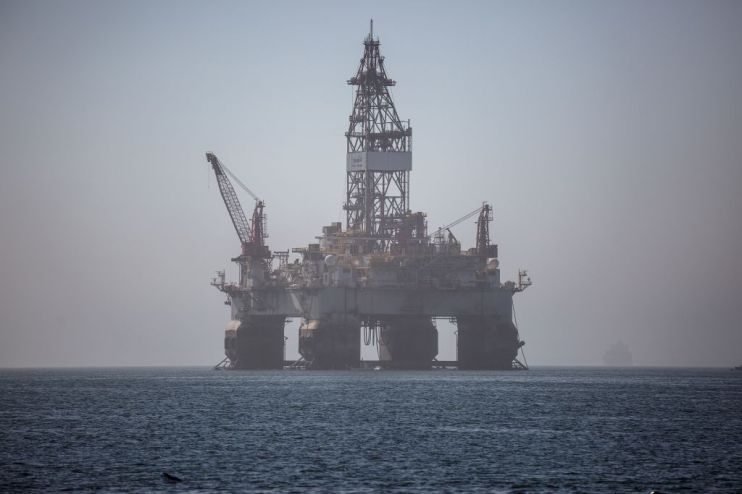Oil prices remain stable with OPEC+ expected to maintain output increases

Oil prices have remained stable ahead of today’s meeting between the Organisation of the Petroleum Exporting Countries and its allies such as Russia (OPEC+), with investors anticipating the major producers to stick to their planned output increase.
Brent Crude was up 0.57 per cent, to $79.43 per barrel, while WTI Crude rose by 0.53 per cent to $76.48.
The 23-member OPEC+ alliance, led by oil cartel member Saudi Arabia and non-member Russia, meets online every month to decide production levels for the month ahead.
It is set to ramp up oil production this year, in line with the roadmap OPEC+ announced in August.
The organisation will increase oil output from February by 400,000 barrels per day, despite previous concerns over a potential supply glut.
This follows reports the Omicron variant is milder than previous strains, reducing fears over its long-term effects on fuel demand and air travel with major markets such as the US and UK avoiding further lockdowns.
While analysts have recently downgraded price forecasts with the virus spreading rapidly across major economies, fears over its long-term effects on the market are beginning to wane.
Peter McNally, global lead for industrials, materials and energy at Third Bridge said: “While oil demand has not fully recovered to pre-pandemic levels (that is something we see happening around mid-year), the combination of steady OPEC+ supply increases, a recent uptick in US crude output, and a softer seasonal demand period ahead will combine to lift OECD stockpiles off their lowest levels of the past five years. The rise in inventory levels is most likely sustained until the stronger seasonal demand period in the second and third quarters of the year.”
The oil market responded dramatically to the emergence of Omicron in November, with prices dropping over ten per cent on both major benchmarks after multiple rallies had brought Brent Crude and WTI Crude to three-year and seven-year highs respectively earlier in the autumn.
Prices fell from $86 per barrel to $65 per barrel in less than a month, however the market has since mostly recovered with Brent Crude and WTI Crude posting their biggest annual gains since 2016.
At times, OPEC+ has faced criticism from the White House that it has not moved fast enough in raising production.
This led to US President Joe Biden teaming up with China to open up strategic reserves to combat surging gas prices, however the effect has so far been muted with pricing pressures also reduced by the new variant.
Despite the recovery in prices, significant potential headwinds remain in the market with Covid-19 remaining volatile, while tensions between the West and Russia over Ukraine have already hit fuel supplies.